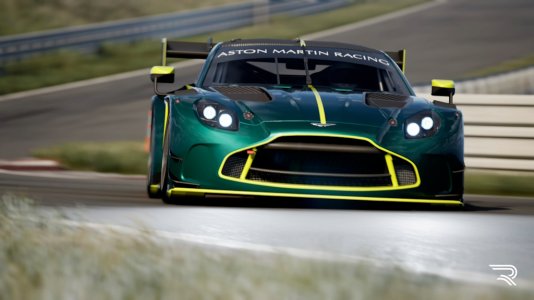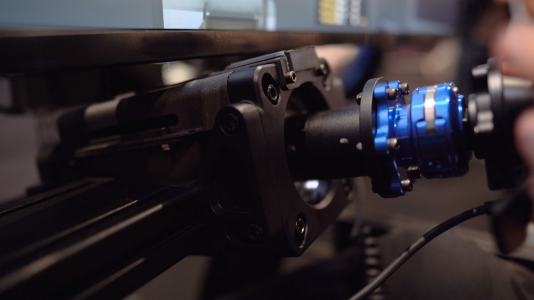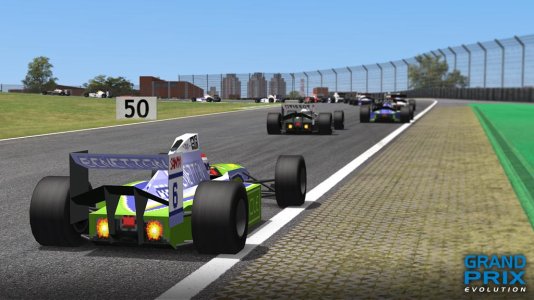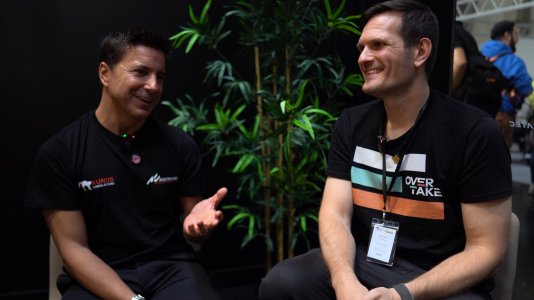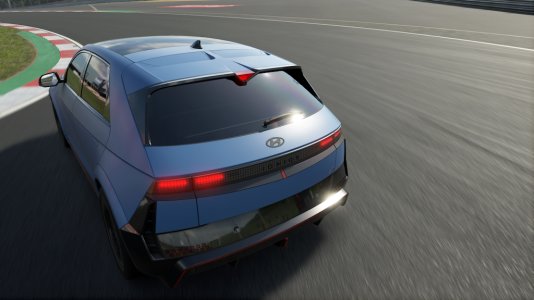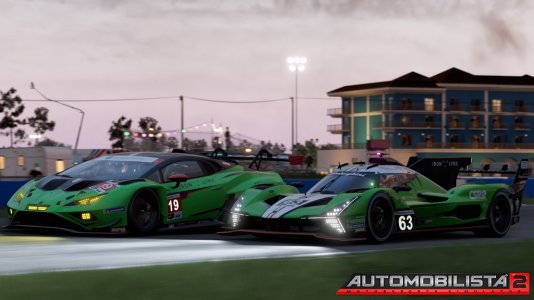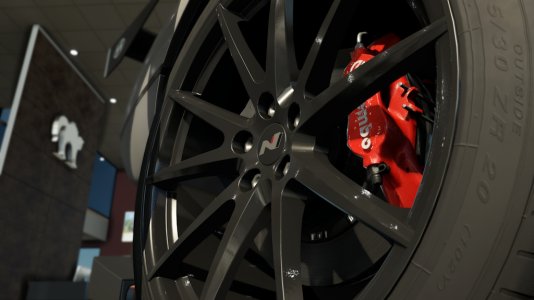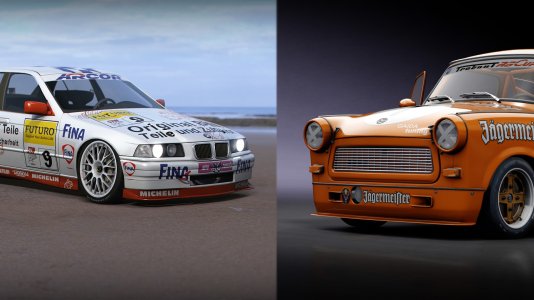A few months ago I decided to incorporate tactile into my rig. I had no prior knowledge of tactile transducers and really didn’t know where to start. I’d like to share my progress, welcoming any comments, criticisms, suggestions and questions. This maybe helpful for others thinking of installing tactile and also learning from the good, bad and ugly of my own setup.
Initial setup
I started with a BK Gamer 2 attached directly to the frame of my P1-X chassis and was immediately underwhelmed with the results. The entire floor and rig were shaking while through the seat I could feel very little sensation. Looking for ways to improve the experience I discovered this thread and other useful sources of information such as the Simhub Discord channel. After spending many hours reading through the wealth of information presented here and discord, I eventually figured out a way to mount the BK Gamer 2 directly to the seat and felt a significant improvement in sensations and effects detail. That’s when I realised the potential tactile could offer and started thinking about upgrading to more powerful transducers.
In hindsight, instead of the BK Gamer 2 I would choose a BK mini LFE and Nobsound G2 amp, probably more scalable solution. The amp that came bundled with my BK Gamer 2 stopped working after two months and I ended up buying the Nobsound G2 as a replacement.
Current setup
Over the past few weeks I’ve bought some of the recommended equipment, installing a BK-CT and TST 329 directly to the seat powered by NX3000D amp. I’ve mounted the transducers as shown in the photos attached:
Both transducers are mounted directly to the seat via aluminium profile. The thinking behind this approach is to reduce hotspots and increase the surface area for energy to flow into the seat. What do you think?
Dayton DAEX32EP-4 on back order should be arriving soon and will mount directly to the seat back.
I haven’t thought about the pedal section yet. At the moment, I think all I want to feel through the pedals are wheel slip/locking effects but that may change over time.
Isolation
Isolation hasn’t been implemented yet for the seat section. I discovered after mounting transducers directly to the seat, the vibrations entering the main frame were less significant or distracting. Having said that, I do feel the higher frequency effects such as high RPM seeping through to the pedal plate. However, I personally like that since they’re very subtle add to the immersion.
The isolation solution I have in mind for the seat will probably use enclosed spring mounts attached to a metal plate. The ESMs would attach to 40x40 aluminium profile bars lowered into the subframe and the seat would bolt onto the metal plate. Essentially I’m trying to maintain the existing seat height as closely as possible:
My primary concern with isolation is introducing flex. Since it’s not affecting my enjoyment or irritating family in the house at the moment, I’ve decided to put this on the back burner.
I’d be interested to know the benefits isolation would bring, other than reducing chassis vibrations. Would there be improvements to how effects are felt even with direct seat mounted transducers?
NX3000D and DSP
Using settings shared by MrLatte on the Simhub discord as a starting point, I’ve made some tweaks to suit my installation and come up with the following configuration for the NX3000D
Channel A - BK-CT
Channel B - TST329
Filter/Crossover
BK-CT - PEQ
TST329 - PEQ
I’ve configured the PEQ with the help of an online tone generator by sweeping through the operating frequency range of each transducer. Undesirable peaks and resonant frequencies have been notched out. I’m sure there’s a more scientific way of doing this that yields better results. I’ve simply sat in the seat and landed on settings that instinctively feel decent and linear through the range.
Effects
Firstly many thanks to MrLatte, his effects are fantastic. I’ve compiled my profiles based on effects he’s shared on RaceDepartment and Discord. Here’s the profile I’m using for AC1 where I spend most of my time at the moment (delete the .txt extension and import in Simhub)
Assetto Corsa - Assetto Corsa v0.4 - BK-CT and TST.siprofile.txt 23.8 KB
I couldn’t get the smile of my face driving the Porsche 962C around Road America…absolute joy!
Apologies for the lengthy post, I’ve tried to keep it as high level as possible. Thanks for reading and hope it’s useful…cheers!




